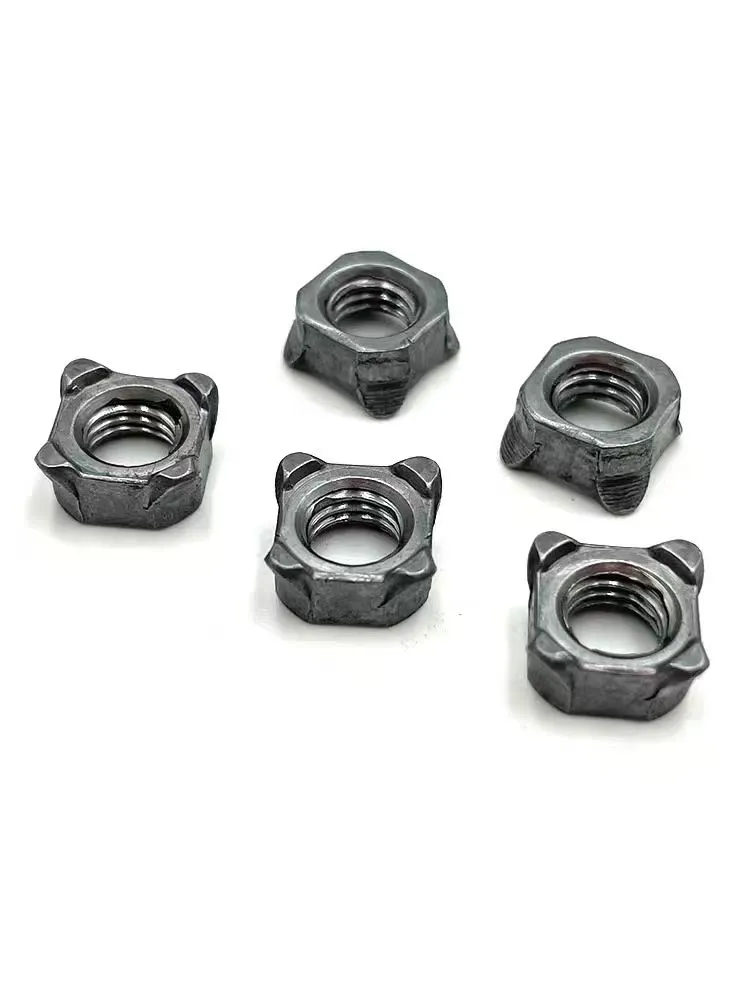

Understanding Hexagonal Nuts and Bolts for Effective Fastening Solutions
Nov . 26, 2024 08:42 Back to list
Understanding Hexagonal Nuts and Bolts for Effective Fastening Solutions
The Versatility of Hex Nut and Bolt in Modern Engineering
In the world of engineering and construction, the strength and reliability of connections are paramount. Among the myriad of fastening solutions available, the hex nut and bolt stand out as one of the most versatile and widely used options. This combination of hardware, simple yet effective, plays an essential role in ensuring structural integrity across various applications, from household furniture assembly to large-scale industrial projects.
A hex bolt, characterized by its cylindrical shaft and a hexagonal head, allows for easy tightening with a wrench. This design provides a strong grip, distributing pressure evenly across the joint it secures. The hexagonal shape of the head is particularly advantageous; it prevents slipping and allows for maximum torque application, which is crucial in maintaining the tightness of the connection under changing conditions.
The Versatility of Hex Nut and Bolt in Modern Engineering
One of the main advantages of using hex nuts and bolts is their accessibility and ease of use. The standardization of sizes and threads means that they are widely available, enabling engineers and builders to source them easily. This standardization also allows for interchangeability, facilitating repairs and modifications in various projects. For instance, if a bolt needs to be replaced due to wear and tear, finding a matching nut and bolt of the same size is usually straightforward.
hex nut bolt

Moreover, hex nuts and bolts can be used in a diverse range of materials and settings. In construction, they can bind together steel beams, hold down roofs, or fix interior fixtures, proving their versatility in structural applications. In manufacturing, they secure machinery parts to ensure that equipment operates efficiently and safely. Even in the realm of electronics, small hex nuts and bolts can be found fastening components within devices, emphasizing their adaptable nature.
Corrosion resistance is another reason hex nuts and bolts are favored in various industries. Coated options or materials like stainless steel are commonly used in environments where exposure to moisture or chemicals is likely. This durability ensures longevity and reduces maintenance costs over time. With the rising focus on sustainability in construction, the ability to rely on durable fasteners like hex nuts and bolts contributes positively to overall project longevity.
The simplicity of the hex nut and bolt design also allows for easy assembly and disassembly. This feature is particularly beneficial in industries where equipment needs to be frequently maintained or upgraded. The ability to quickly remove and replace components minimizes downtime, thus enhancing productivity. If required, specialized tools such as impact wrenches can be employed to speed up the installation process further.
In addition, the hex nut and bolt system offers adaptability with the use of washers and locking mechanisms. Washers help distribute load and prevent damage to the material being fastened, while lock nuts or nylon inserts can prevent loosening under vibration. This customizability allows engineers to tailor solutions that meet specific project demands, enhancing safety and efficiency.
In conclusion, hex nuts and bolts embody the principle of simplicity in engineering, providing reliable and versatile fastening solutions across a myriad of applications. Their ease of use, availability, durability, and adaptability make them indispensable in both construction and manufacturing industries. As projects become more complex and engineering challenges evolve, the fundamental reliability of hex nuts and bolts ensures that they will continue to be a mainstay in securing the structures of tomorrow. Whether in the towering skyscrapers of urban landscapes or the intricate machinery of modern factories, these humble components remain central to the foundation of modern engineering.
Latest news
-
High-Strength Hot Dip Galvanized Bolts - LongZe | Corrosion Resistance, Custom Sizes
NewsAug.01,2025
-
Best Self Tapping Screws for Drywall - Fast & Secure Installation
NewsJul.31,2025
-
High-Strength Hot Dip Galvanized Bolts-Hebei Longze|Corrosion Resistance&Customization
NewsJul.31,2025
-
Hot Dip Galvanized Bolts-Hebei Longze Metal Products|Corrosion Resistance&High Strength
NewsJul.31,2025
-
Hot Dip Galvanized Bolts-About LongZe|High Strength, Corrosion Resistance
NewsJul.30,2025
-
High-Strength Hot Dip Galvanized Bolts - Hebei Longze | Corrosion Resistance, Customization
NewsJul.30,2025

